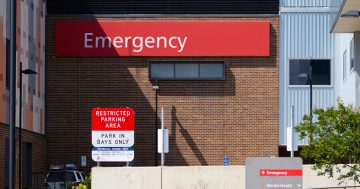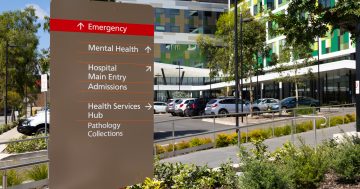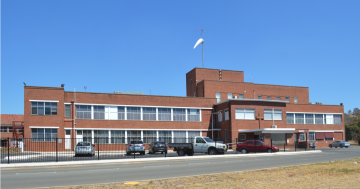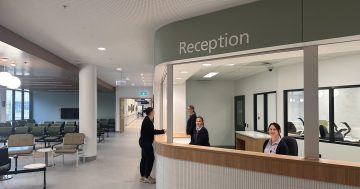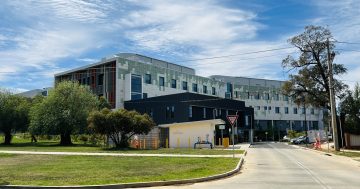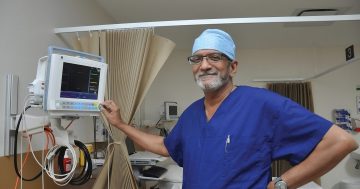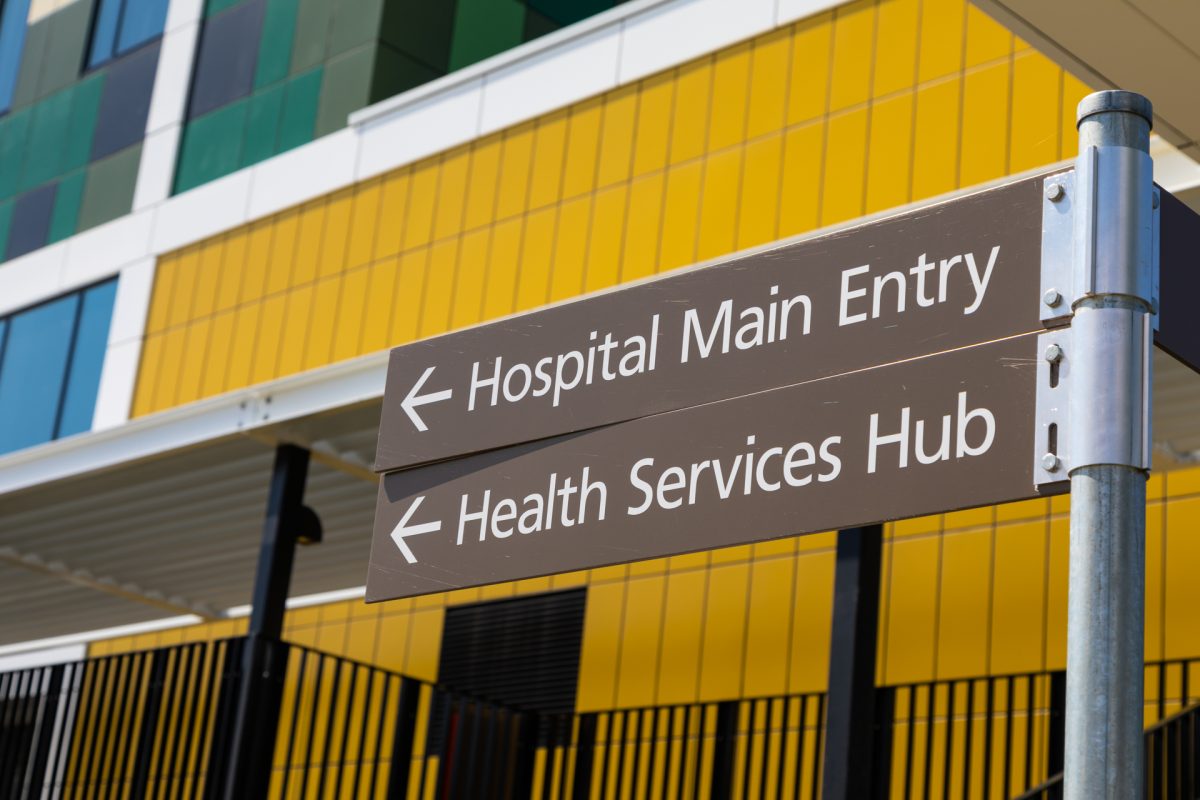
Murrumbidgee Health District hospitals have seen improved wait times and an increased number of surgeries, according to a new quarterly report. Photo: Michelle Kroll.
The latest Bureau of Health Information (BHI) Healthcare Quarterly Report has shown the Murrumbidgee Local Health District’s (MLHD) hospitals have improved their metrics relating to planned surgeries and emergency care wait times.
According to the report, there were 2222 planned surgeries performed across MLHD hospitals in the October to December quarter of 2023, up from 1936 during the same period in 2022.
100 per cent of urgent planned surgeries were performed on time.
MLHD Chief Executive Jill Ludford has thanked staff for their hard work throughout the period, with improvements in planned surgery wait times and excellent results in several emergency department (ED) key performance indicators, despite high demand for emergency care.
“Our district continues to work hard to ensure patients receive their planned surgery as soon as possible after non-urgent procedures were temporarily postponed during the COVID pandemic,” Ms Ludford said.
“Our surgical recovery plan has resulted in a substantial reduction in the number of patients waiting longer than recommended for their planned surgery, down from 788 at the end of December 2022, to 92 at the end of December 2023, which is a reduction of nearly 88.3 per cent.
“I would like to acknowledge the extraordinary effort of our surgical teams and thank our patients for their patience during this challenging time.
“Patients waiting for planned surgery who feel their condition may have changed are encouraged to contact their treating doctor who can review their condition and place them in a higher urgency category if appropriate.”
During the final quarter of 2023, there were 41,706 attendances to MLHD EDs, an increase of 4.5 per cent, or 1812 more attendances, compared with the same quarter in 2022.
The increase in presentations was seen primarily in triage category two (emergency), up 8.4 per cent or 279 presentations, and triage category three (urgent), up 8.4 per cent or 1089 presentations compared with the same quarter in 2022.
Despite this high demand, the vast majority of patients (85 per cent) started their treatment on time, which is better than the NSW average (68.3 per cent) and the best result in the state. Most patients (75.1 per cent) could leave the ED within four hours of arriving, also better than the state average (58.1 per cent).
Almost nine in 10 patients (87.4 per cent) were transferred from paramedics to ED staff within the 30-minute benchmark time – also significantly better than the state average (79.9 per cent).
“MLHD’s ambulance transfer of care times are once again among the best in the state for this quarter and our emergency departments continued to provide care within timeframes well above the state average,” Ms Ludford said.
“These results are a testament to the hard work of our highly skilled workforce and I commend our team for the dedication they continue to show to the patients in our care.”







